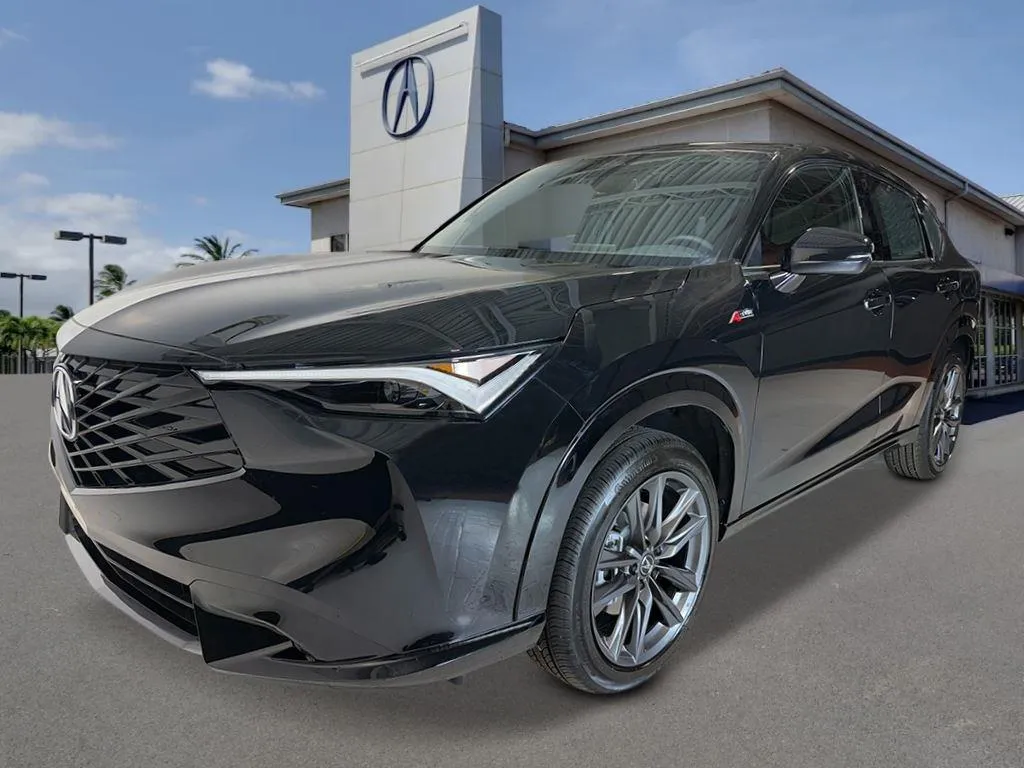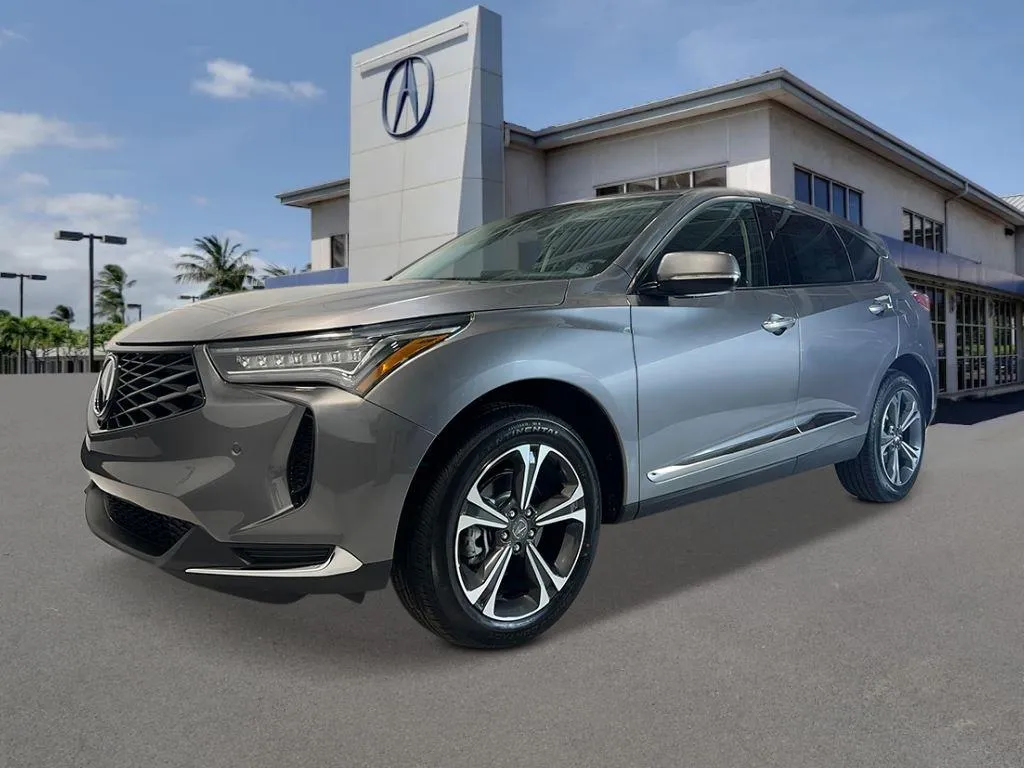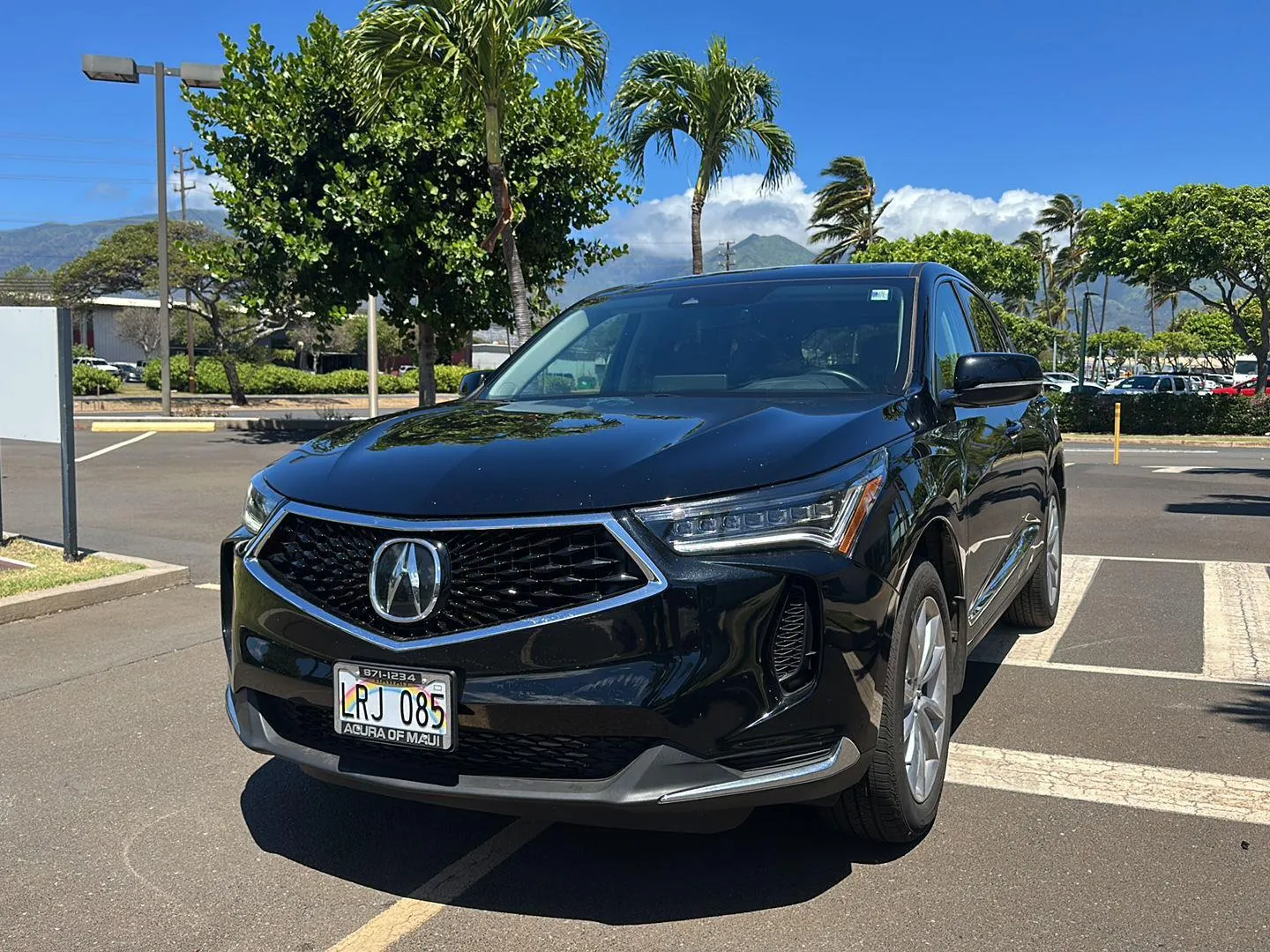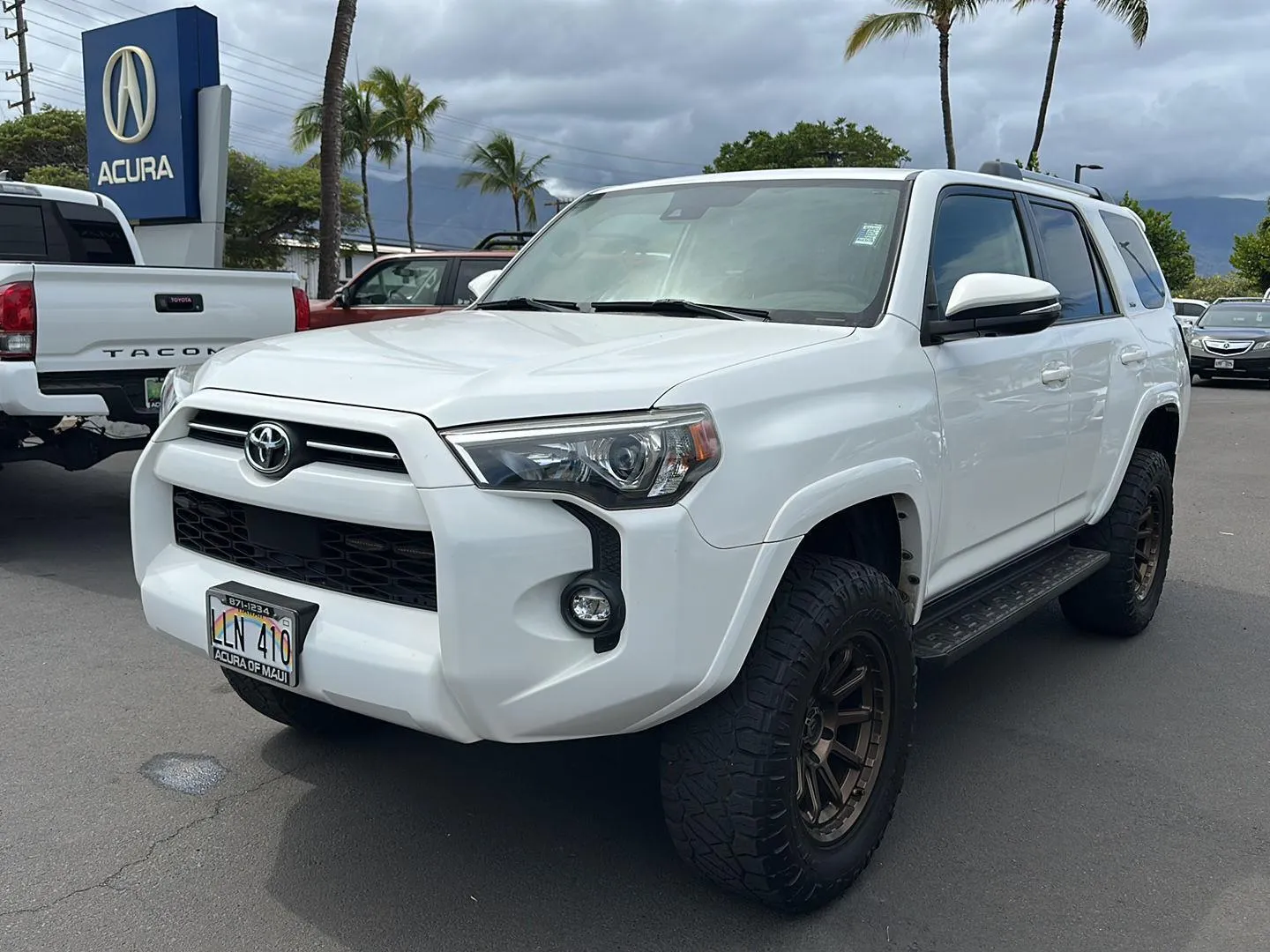What Causes Brakes to Fail?
Table of Contents
- What Causes Brakes to Fail? Warning Signs You Shouldn't Ignore and How to Prevent Dangerous Situations
- Understanding Brake Failure
- Types of Brake Systems
- Common Causes of Brake Failure
- Warning Signs of Impending Brake Failure
- Unusual Noises When Braking
- Brake Warning Light Activation
- Spongy or Unresponsive Brake Pedal
- Vehicle Pulling to One Side When Braking
- Preventative Measures and Maintenance
- Regular Brake Inspections
- Brake Component Replacement Intervals
- The Role of Brake Fluid Maintenance
- What to Do If Your Brakes Fail
- Safe Maneuvering Techniques
- How to Gradually Slow Down
- When to Use the Emergency Brake
- Frequently Asked Questions
- What are the signs that indicate improper brake pad installation?
- What are the most common problems encountered with vehicle brakes?
- How should you manage your braking to avoid wearing them out prematurely?
- What are effective solutions to common car brake problems?
- At what point should brakes be serviced if they are worn down to 50 percent?
- What actions should be taken if the brake warning light illuminates while driving?
What Causes Brakes to Fail? Warning Signs You Shouldn't Ignore and How to Prevent Dangerous Situations
Understanding Brake Failure
Brake failure occurs when a vehicle's braking system can no longer effectively slow or stop the vehicle. Recognizing the signs of failing brakes and understanding what causes them to fail can help prevent dangerous situations on the road.
Brakes squeaking? Schedule an appointment today - we can get you in ASAP!
Schedule a Brake Inspection Today
Types of Brake Systems
Most modern vehicles use one of two primary brake systems: disc brakes and drum brakes.
Disc brakes consist of a rotor attached to the wheel and a caliper that squeezes brake pads against the rotor to create friction and slow the vehicle.
Drum brakes use curved brake shoes that press against the inside of a drum to create stopping power. These are often found on rear wheels of economy cars and older vehicles.
Many vehicles also have anti-lock braking systems (ABS) that prevent wheels from locking up during hard braking. This electronic system works with the physical components to maintain control during emergency stops.
Remember : Understanding your vehicle's specific brake system can help you identify potential issues early. Schedule a brake inspection if you're unsure about your system's condition.
Common Causes of Brake Failure
Worn brake pads are among the most frequent causes of brake problems. As these friction materials wear down, they become less effective at creating the necessary stopping power.
Brake fluid issues significantly impact braking performance. Low fluid levels, leaks, or contaminated fluid can prevent hydraulic pressure from properly transferring to the brake components.
Overheated brakes can occur during downhill driving or when towing heavy loads. This heat can cause brake fade—a temporary reduction in stopping power that feels like brake failure.
Mechanical failures such as broken brake lines, damaged rotors, or malfunctioning calipers directly impact the system's ability to function properly.
Corrosion and rust often affect vehicles in coastal areas like Maui, where salt air can accelerate deterioration of brake components.
Warning Signs of Impending Brake Failure
Recognizing the early signs of brake problems can help you avoid dangerous situations and costly repairs. Your vehicle's braking system gives several telltale indicators when it's beginning to fail.
Unusual Noises When Braking
High-pitched squealing or grinding sounds when applying your brakes are clear warning signs of trouble. These noises typically indicate worn brake pads or shoes that need immediate replacement.
Squealing often occurs when the wear indicators (small metal tabs) come in contact with the rotors. This is actually a designed feature to alert you before complete failure.
Grinding noises are more serious and suggest that your brake pads have worn completely through, causing metal-to-metal contact. This damages your rotors and can lead to complete brake failure if ignored.
Don't dismiss clicking or rattling sounds either. These may indicate loose components in your brake assembly that could affect braking performance.
Brake Warning Light Activation
Modern vehicles have sophisticated warning systems to alert you of potential brake issues. When your brake warning light illuminates on your dashboard, it deserves immediate attention.
This light may indicate low brake fluid levels, which could result from a leak in the system. Brake fluid is essential for transferring the force from your foot to the brakes themselves.
The ABS (Anti-lock Braking System) light may also illuminate separately or alongside the main brake warning light. This suggests issues with your vehicle's ability to prevent wheel lock-up during emergency stops.
Don't ignore these dashboard warnings. They're designed to give you adequate time to address problems before complete brake failure occurs.
Spongy or Unresponsive Brake Pedal
A properly functioning brake pedal should feel firm and responsive. When your pedal feels soft, spongy, or slowly sinks to the floor, it's a serious warning sign of brake system troubles.
This symptom often indicates air in the brake lines, low brake fluid, or a leak in the brake system. The spongy sensation occurs because hydraulic pressure isn't being properly maintained.
If your pedal goes all the way to the floor with little resistance, this is an emergency situation. Pull over safely as soon as possible and call for assistance rather than continuing to drive.
Increased stopping distance is another related warning sign. If you notice your vehicle taking longer to stop than usual, have your brakes checked immediately.
Vehicle Pulling to One Side When Braking
When your vehicle pulls left or right during braking, it indicates uneven braking power. This imbalance can be dangerous and should be addressed promptly.
Several issues can cause this pulling sensation:
-
Caliper problems on one wheel
-
Collapsed brake hose restricting fluid flow
-
Uneven brake pad wear
-
Contaminated brake fluid on one side
This pulling effect is especially dangerous in emergency stopping situations, as it can cause you to lose control of your vehicle.
Testing for this issue is simple: brake gently while driving in a straight line on a flat, empty road (safely). If your vehicle consistently pulls to one side, schedule a brake inspection immediately.
Preventative Measures and Maintenance
Proper brake maintenance is essential to prevent unexpected failures and ensure your vehicle stops safely when you need it most. Taking proactive steps can significantly extend the life of your braking system and help you avoid costly emergency repairs.
Regular Brake Inspections
Regular brake inspections are your first line of defense against brake failure. Experts recommend having your brakes professionally inspected at least twice a year or every 10,000 miles, whichever comes first.
These inspections should check for pad wear, rotor condition, and proper caliper function.
Warning signs like unusual noises, vibrations, or changes in pedal feel shouldn't be ignored between scheduled maintenance. If you notice your vehicle pulling to one side during braking, this could indicate uneven wear or a stuck caliper that requires immediate attention.
For drivers in Maui's varied terrain, more frequent inspections may be necessary due to the additional strain on braking systems from hills and coastal conditions.
Brake Component Replacement Intervals
Following manufacturer-recommended replacement intervals is crucial for maintaining optimal braking performance. Most brake pads need replacement every 30,000-70,000 miles, depending on driving habits and conditions.
Common Brake Component Lifespans:
-
Brake pads: 30,000-70,000 miles
-
Rotors: 50,000-70,000 miles
-
Brake calipers: 75,000-100,000 miles
-
Brake fluid: Every 2-3 years
Drivers who frequently navigate Maui's steep roads or carry heavy loads should expect shorter component lifespans. Quality replacement parts matter tremendously—premium components often provide better performance and longevity than budget alternatives.
Don't wait until you hear grinding noises, as this indicates metal-on-metal contact that can damage rotors and increase repair costs. Contact our service team to discuss the right replacement schedule for your driving patterns.
The Role of Brake Fluid Maintenance
Brake fluid is often overlooked but plays a critical role in your braking system's functionality. This hydraulic fluid transfers the force from your brake pedal to the brakes themselves.
Over time, brake fluid absorbs moisture from the air, which lowers its boiling point and compromises braking effectiveness. This moisture can also cause internal corrosion of brake components, leading to potential system failure.
Most manufacturers recommend changing brake fluid every 2-3 years regardless of mileage.
Signs that your brake fluid needs attention include:
-
Dark brown or black color (fresh fluid is amber)
-
Brake pedal feels spongy or soft
-
Warning lights on dashboard
-
Decreased stopping power
Checking fluid levels monthly only takes a minute but can prevent major brake issues. If the fluid appears low, this might indicate a leak that requires immediate professional attention.
What to Do If Your Brakes Fail
Experiencing brake failure while driving can be terrifying, but knowing how to respond can save lives. The right actions can help you maintain control and bring your vehicle to a safe stop.
Safe Maneuvering Techniques
When brakes fail, remain calm and focus on controlling the vehicle. Signal other drivers by flashing headlights and honking to alert them of your emergency.
Keep both hands firmly on the steering wheel and avoid sudden movements that could cause you to lose control.
Look for open spaces like shoulders, empty lanes, or grassy areas where you can safely direct your vehicle. Avoid heading downhill if possible, as this will increase your speed.
Instead, try to maneuver toward an uphill slope which naturally slows the vehicle.
If traffic is heavy, use your horn continuously and flash your hazard lights. Try to create distance between yourself and other vehicles while looking for a safe exit path.
How to Gradually Slow Down
Removing your foot from the accelerator should be your first action. This allows the vehicle to begin slowing naturally through engine braking.
If driving a manual transmission, carefully downshift through the gears to increase engine braking effect.
Next, pump the brake pedal rapidly several times. This might build up enough pressure to regain some braking power if the issue is partial rather than complete failure.
If pumping doesn't work, press and hold the brake pedal firmly as this might engage any remaining braking capacity.
Use terrain to your advantage. Friction from roadside gravel, grass, or guardrails can help reduce speed.
In extreme situations, allowing your vehicle to gently sideswipe guardrails can decrease momentum, though this should be a last resort.
When to Use the Emergency Brake
The emergency brake (also called parking brake) can be a lifesaver during brake failure. This system operates independently from the main brakes and can slow your vehicle when primary brakes fail.
Apply it gradually rather than yanking it suddenly, which could cause the wheels to lock and the vehicle to skid.
For vehicles with a hand-operated lever, pull up slowly and with increasing pressure. If your vehicle has a foot-operated or electronic emergency brake, apply steady pressure.
Be prepared to release slightly if you feel the vehicle begin to skid.
The emergency brake is most effective at moderate to lower speeds. At highway speeds, apply it very gradually while continuing to steer.
After safely stopping, turn off the engine and place reflective triangles or flares if available. Contact Acura of Maui's emergency service team immediately for professional assistance.
Don't attempt to drive a vehicle with failed brakes, even for short distances. Our certified technicians at Acura of Maui can diagnose and repair brake issues properly to ensure your safety on the road.
Frequently Asked Questions
What are the signs that indicate improper brake pad installation?
Improper brake pad installation typically causes persistent squealing or grinding noises when braking. You may also notice uneven wear patterns on the brake pads themselves.
Vibration in the steering wheel or brake pedal can indicate that the pads aren't sitting flush against the rotors. This can lead to decreased braking performance and premature wear.
If your vehicle pulls to one side during braking, this might suggest that the brake pads were installed incorrectly on one wheel. Contact Acura of Maui's service department for professional inspection if you experience these symptoms.
What are the most common problems encountered with vehicle brakes?
Worn brake pads are among the most frequent issues, typically signaled by high-pitched squealing or grinding noises. Low brake fluid or leaks can cause a soft, spongy brake pedal that reduces stopping power.
Warped rotors often create pulsating sensations when braking. Sticking calipers may cause the vehicle to pull to one side or create excessive heat.
Contaminated brake fluid can reduce braking efficiency over time. If you notice any of these warning signs, schedule a brake inspection at Acura of Maui's service center right away.
How should you manage your braking to avoid wearing them out prematurely?
Avoid "riding" the brakes, especially when driving downhill. Instead, downshift to use engine braking when possible to reduce wear on your brake components.
Maintain a safe following distance to prevent sudden, hard braking. Remove heavy, unnecessary items from your vehicle as excess weight increases brake wear.
Regular brake system maintenance is crucial. Have your brake fluid flushed according to your vehicle's maintenance schedule to prevent contamination and ensure optimal performance.
What are effective solutions to common car brake problems?
For squealing brakes, professional brake pad replacement often resolves the issue. If you experience a spongy brake pedal, bleeding the brake lines or addressing fluid leaks can restore normal function.
Warped rotors may require resurfacing or replacement to eliminate vibration. For sticking calipers, cleaning or replacement might be necessary.
Don't attempt DIY brake repairs unless you have the proper tools and expertise. For reliable brake service , visit Acura of Maui's service department, where certified technicians use quality parts for all brake repairs.
At what point should brakes be serviced if they are worn down to 50 percent?
Brake pads worn to 50 percent still have usable life but should be inspected regularly. Most manufacturers recommend replacement when pads reach 25 percent of their original thickness.
Driving conditions affect wear rates significantly. If you frequently drive in stop-and-go traffic or mountainous areas, consider servicing at the 50 percent mark to ensure safety.
Schedule a brake inspection at Acura of Maui every 10,000-15,000 miles to catch potential issues early. Our technicians can provide a comprehensive evaluation of your brake system's condition.
What actions should be taken if the brake warning light illuminates while driving?
When the brake warning light appears, first check if your parking brake is engaged. If it is, disengage it and see if the light turns off.
If the light remains on, pull over safely as soon as possible. This could indicate low brake fluid or a system malfunction.
Do not continue driving if the light remains on. Check the brake fluid level if it's safe to do so, but be aware that low fluid often indicates worn pads or a leak.
Call for roadside assistance if needed rather than risking further damage or compromising safety. You can reach Acura of Maui's service department at (808) 555-1234 for emergency brake repair services.









